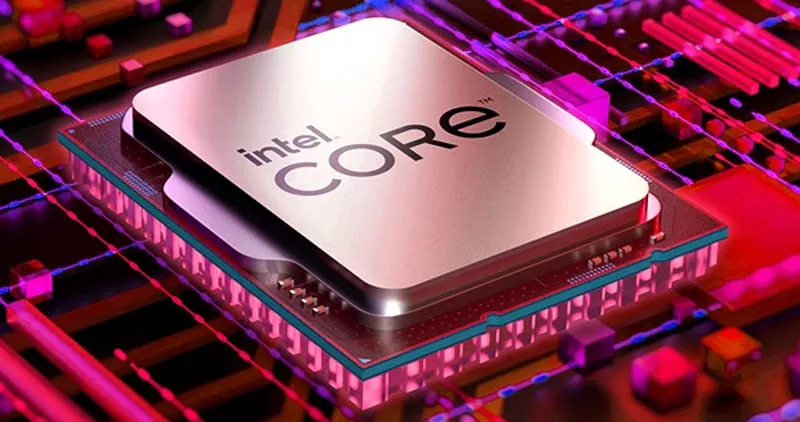This time, someone supposedly revealed the specifications and performance numbers of Intel’s 65W Core i9-13900 processor by posting benchmark results to the Geekbench 5 database (via @BenchLeaks). Take the numbers with a grain of salt for the time being.
With eight high-performance Raptor Cove cores with Hyper-Threading (optimised Golden Cove cores) and 16 energy-efficient Gracemont cores without simultaneous multithreading, the Intel Core i9-13900 is a fully-fledged Raptor Lake silicon chip that can handle up to 32 threads at once. In contrast, the Intel Core i9-12900 can handle up to 24 threads at once because it contains eight Golden Cove and eight Gracemont cores.
The Core i9-13900 CPU from Intel appears to have more energy-efficient cores than the Core i9-12900.

Its performance in multi-threaded applications is considerably impacted by this, although it also has significantly higher turbo clocks for the performance cores—5576 MHz vs. 5081 MHz. This would suggest a pronounced advantage in workloads with only one thread.
The new 65W Raptor Lake CPU looks to outperform the 65W Alder Lake processor on Geekbench 5’s single-core integer and single-core floating point workloads by 17% and 12%, respectively, because to its high turbo clocks and a larger L3 cache.
At least according to a synthetic benchmark, the new CPU appears to be 9.6% faster in integer and 15% faster in floating point workloads when it comes to multi-thread workloads.
Also Read:







